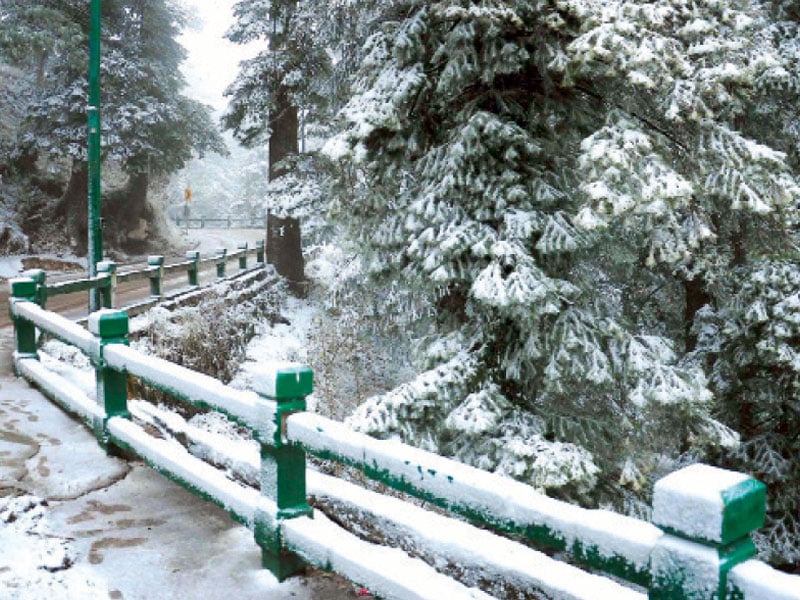Basant: The vibrant festival that turned bloody
In Hindu culture, Basant is considered a day of worship for goddess Saraswati

The once-celebrated festival of Basant, known for its vibrant traditions and cultural charm, has transformed into a source of fear and tragedy over the years.
What was once a joyous occasion that uplifted spirits and provided employment to thousands is now marred by bloodshed and sorrow, leaving families anxious for their loved ones' safety.
The term Basant originates from Sanskrit, meaning "spring." Traditionally, it was celebrated on the fifth day of the month of Magh (corresponding to February) and marked the arrival of spring.
In Hindu culture, it is considered a day of worship for the goddess Saraswati, accompanied by vibrant festivities, including kite flying, music, and wearing yellow clothing to symbolise joy.
In Lahore, Basant was regarded as the "king of festivals," with preparations beginning weeks in advance.
Markets would be adorned with colorful kites, and the city would glow with illuminated kites carrying candles on the eve of the festival.
Rooftops would teem with families, and the skies would come alive with kites of all shapes and sizes, echoing with the cries of "Bo kata!"
The festival also drew prominent figures, including celebrities, cricketers, and government officials, who joined the celebrations.
Basant was not only a cultural highlight but also a major economic driver, creating jobs for kite makers, sellers, and other businesses. The government benefited from increased revenue during the festivities.
Historically, kite flying dates back over 3,000 years, with its first recorded use in China for military purposes. From there, it spread to Japan, where it became part of religious and cultural celebrations, and later reached the Indian subcontinent, where it became a pastime for royals and commoners alike.
However, the joyous festival began to take a darker turn at the turn of the 21st century.
The introduction of metallic and chemically treated kite strings (dor) turned a harmless activity into a dangerous one.
By 2005, Basant had become synonymous with tragic accidents caused by razor-sharp strings, leading to severe injuries and fatalities, particularly from throat slashes. This prompted the government to impose a ban on the festival.
Today, Basant is associated more with danger than delight. In an effort to save lives, the Punjab government has enforced strict measures this year, including a complete ban on kite flying across the province.
Those caught manufacturing, selling, or supplying kites and banned strings face penalties of 5 to 7 years in prison, fines of up to Rs5 million, or both. Kite flyers can face 3 to 5 years in jail or fines of Rs2 million. Children caught flying kites will first receive warnings, followed by fines and imprisonment for repeat offences.
Kite Association Vice Chairman Iqbal Ahmed has called for a more balanced approach.
He suggests a complete ban on metallic and chemical strings while allowing kite flying with traditional thread.
He also proposes organising the festival in open fields with strict restrictions on rooftop flying.
Despite the ban, reports suggest that Basant enthusiasts plan to celebrate on February 13 and 14, disregarding the restrictions. Deputy Commissioner Hassan Waqar Cheema has vowed strict action against violators, and police have already intensified operations.
This month alone, authorities have seized 65,000 kites and 21,000 strings and arrested 56 individuals involved in kite flying and selling banned materials.
The future of Basant hangs in the balance, caught between its cultural significance and the pressing need for public safety.



















COMMENTS
Comments are moderated and generally will be posted if they are on-topic and not abusive.
For more information, please see our Comments FAQ